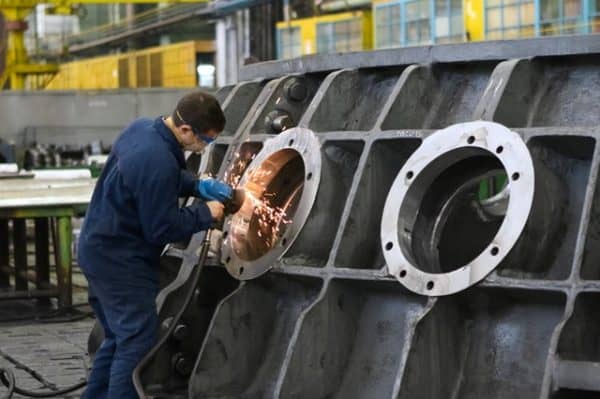Like every other industry, even the machine tool industry has been privy to innovation. A machine tool is generally used for machining, meaning that we get a desired final shape and size from a piece of raw material by using a controlled material removal process.
Many ways like cutting, grinding, boring, shearing, and other deformation techniques are used to get the desired result by using these tools. Unlike using tools that can be handled by us, a machine tool’s toolpath (movement between the raw material and the cutting tool) is guided by the machine. This has led to the movement of automatic controls to become an important part of modern machine solutions.

The Construction of Machine Tools
Not only the way these tools are used has changed, but also the materials used to make these have undergone serious consideration. High-performance tools that can withstand working with the hardest construction material like the ones from www.ceratizit.com have become the norm of machine tool construction.
These tools are often subject to extreme stress. To ensure that the tools have a long service life, high-quality development of tools with materials meant to withstand extreme wear and tear is important. They help with getting good results as well as for safety measures.
The Power Source Innovation
Machine tools can be powered by a variety of sources. Earlier human and animal power were the main sources; additionally, we also had water power. As other industries began to develop, we got steam power in the 19th century. Big factories then could use pneumatic and hydraulic power, but the small scale businesses and workshops continued with the aforementioned human, animal, and water power, that is until the electrification of the tools.
In today’s scene, hydraulic power and pneumatic power are still used, but rarely. The main source of power is electricity for machine tools.
We talked about how the use of machines brings a part of automation along. Machine tools can be used under automatic control and/or can be operated manually.
- Early machines worked with flywheels, which helped stabilize their motion. A complex system of gears and levers were used to control the motion of the machine.
- After WWII, the numerical control machine came into play, the paper tape or punched cards were used for punching numbers, and then that was used to control the motion of the machine.
- In the 1960s, computerization of numeric control took place, and we got computerized numeric control machines. Both the machines had the ability to precisely repeat sequences over and over. So, we got precise pieces each time and also got a chance to create more complex pieces.
The Automatization of Machine Tools
While all this was about the precision of tools used in order to get the desired result, there was another problem, and that was changing of tools. They had to be changed mid-process, or each set would have to be done differently.
Now, the machines could automatically change the specific tools in order for the piece to be created. The specific cutting and shaping tools are changed automatically in the process of creating the desired shape and design.
To explain it further – Let’s consider a drill machine. A drill machine has a magazine with various ranges of drill bits that are used for creating holes of different sizes. As we talked about earlier, before we could automatically change these bits, the operators would have to manually change the bit or move the piece to another station.
Now, we have combined several different machine tools, using computerization of controls, and as a result, we have machine centers that have made a huge impact in the way parts are produced.
Final Thoughts
As different industries keep advancing, they bring about changes in other industries as well. From changing the power source of the machine tools to changing the control system – everything seems to have adapted to the available technologies of the progressive world. The ability to adapt to new technologies brings about growth and efficiency in every industry, and the machine tool industry is no exception.
 Gearfuse Technology, Science, Culture & More
Gearfuse Technology, Science, Culture & More


